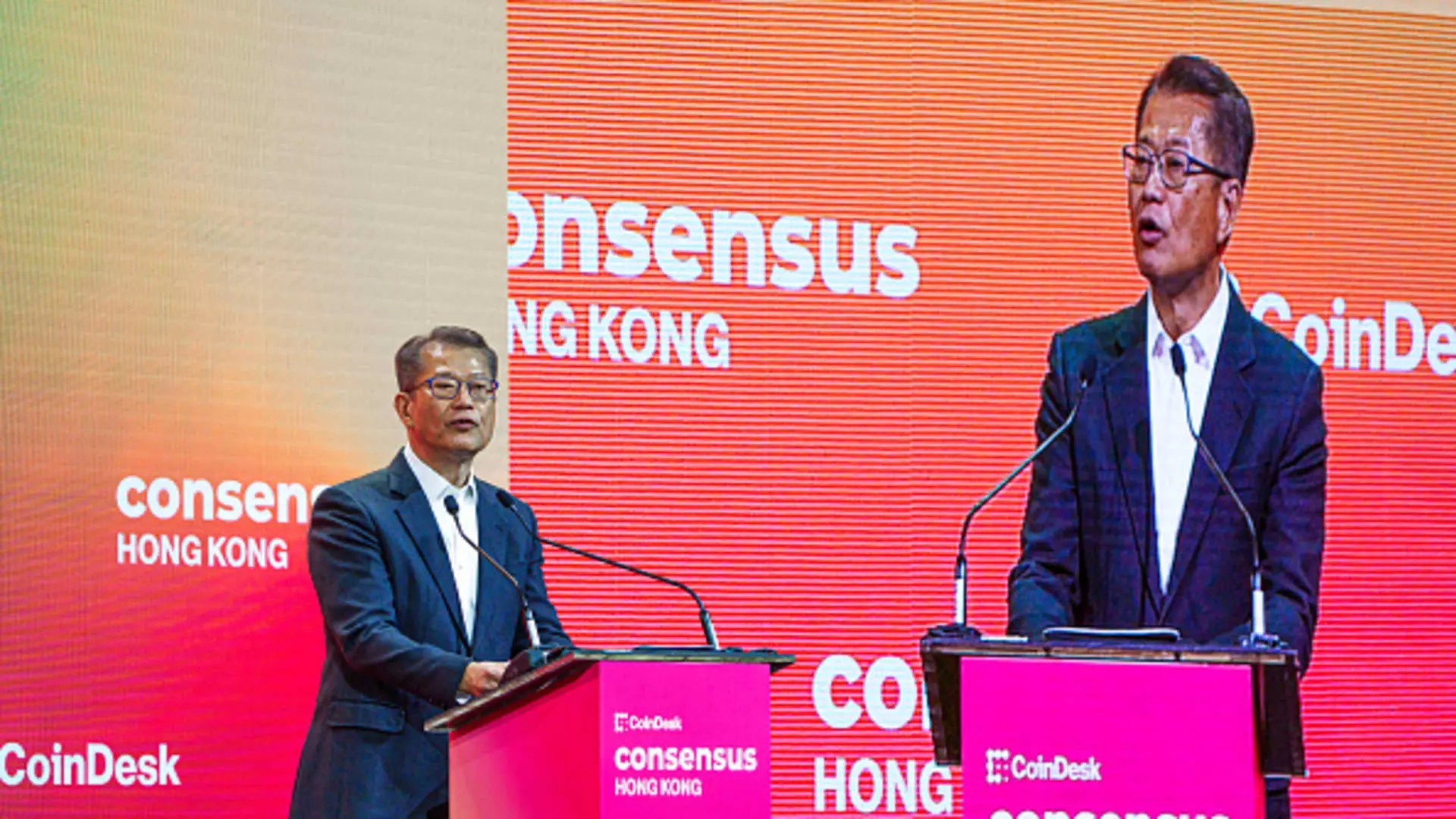For years, China’s government fiercely suppressed cryptocurrency trading and mining, casting a heavy blanket of bans and restrictions across the mainland. This hardline approach was widely seen as a decisive attempt to curb financial risks and preserve strict monetary control. Yet recent developments reveal a surprising pivot: instead of outright rejection, China is cautiously embracing certain digital assets—specifically stablecoins—within the regulatory experiments of Hong Kong. This evolution suggests Beijing is not blind to the disruptive potential of blockchain technologies but is instead seeking to harness them under controlled environments. The re-emergence of mainland-backed firms actively entering Hong Kong’s crypto trading markets underscores a subtle but strategic recalibration that’s been largely ignored by mainstream observers.
Hong Kong: The Legal Haven for China’s Crypto Ambitions
Hong Kong’s distinct legal framework, separate yet tethered to Beijing’s ultimate sovereignty, offers a fertile ground for controlled crypto experimentation. Unlike mainland China’s ironclad bans, Hong Kong permits cryptocurrency trading and has just passed legislation formalizing stablecoin issuance. The territory, therefore, functions as a “sandbox” where Chinese investors and institutions—previously barred from engaging with digital assets—can now participate in regulated crypto activities without the wild volatility that plagued earlier Bitcoin mania.
Notably, Guotai Junan International, a mainland-backed brokerage, recently became the first of its kind to obtain a virtual currency trading license in Hong Kong, sending its share price soaring almost threefold in days. This surge wasn’t merely market hype; it reflected an explosive pent-up demand from mainland investors seeking crypto exposure within a legally sanctioned framework. Other mainland-linked financial firms are swiftly following suit, demonstrating a coordinated move rather than isolated bets.
Stablecoins: China’s Calculated Crypto Play
The focus on stablecoins—cryptocurrencies pegged to fiat currencies—is no accident. They represent a more palatable form of digital asset for Beijing since stablecoins avoid the speculative wildness of tokens like Bitcoin and tether more directly to established monetary systems. Importantly, Morgan Stanley highlighted that China’s renewed interest is driven by concerns over preserving financial sovereignty amid increasing dominance of U.S. dollar-backed stablecoins. China’s central bank appears intent on developing alternative payment infrastructures that weaken dollar dominance while still embracing the efficiency of digital payments.
From Governor Pan Gongsheng’s publicly noted speeches on stablecoins and digital payment innovation, it is evident that China is thinking pragmatically. They understand that clinging to traditional payment systems in an era of blockchain innovation will only marginalize their financial ecosystem. Therefore, rather than rejecting the crypto wave outright, China is maneuvering to ride it selectively, prioritizing stablecoins as a strategic tool for the future.
The Illusion of Market Frenzy and Its Implications
While headline-grabbing stock surges of companies involved in this new stablecoin economy grab attention, they should be interpreted cautiously. Financial commentators like Li Dongfang rightly observe that these jumps are fueled more by speculative enthusiasm around “new themes” and first-mover advantage than sustained business performance growth. In other words, the market is pricing in expectations rather than actual profits.
This speculative phase is historically typical of emerging industries, especially those involving nascent technologies like blockchain. Investors chase hot sectors, causing sharp price movements disconnected from fundamentals. However, the implication here is not instability, but the infancy of regulated crypto enterprises in China’s orbit. As more brokerages obtain licenses and competition intensifies, these price spikes are likely to moderate, settling into more rational valuations tied to genuine operational metrics.
Strategic Economic and Geopolitical Stakes
The broader geopolitical stakes of China’s crypto recalibration must not be underestimated. As the U.S. consolidates its dominance with stablecoin legislation, China risks ceding influence in the global digital finance arena. Hong Kong’s active role as a stablecoin pioneer within China’s sphere is a smart hedge against this risk, underscoring Beijing’s recognition that digital currency infrastructure is a battleground for economic and technological supremacy.
Moreover, stablecoins can facilitate cross-border commerce and enable Chinese e-commerce giants like JD.com to bypass cumbersome traditional banking routes, thus empowering China’s digital economy with more autonomy and efficiency. The willingness of established banks like Standard Chartered to participate in Hong Kong’s stablecoin initiatives indicates growing institutional acceptance, which further entrenches digital currency integration into mainstream finance.
The Chinese government’s once hostile posture toward cryptocurrencies is evolving into a nuanced, sophisticated approach. China is now quietly investing in and regulating digital asset frameworks that align with national interests, thereby safeguarding its monetary system while avoiding complete isolation from global technological advancements. This pragmatic blend of control and innovation reflects a pragmatic center-right economic philosophy that favors free enterprise and market solutions—albeit under strong institutional oversight.
In essence, China’s crypto resurgence via Hong Kong’s stablecoin ecosystem is less about a chaotic return to digital coin mania and more a calculated modernization of its financial architecture. It is a testament to how states adapting to disruptive technologies can blend regulatory discipline with market innovation to pursue national strategic goals. The next phase of digital finance global competition is unfolding, with China quietly ensuring it has a formidable stake in the game.


Leave a Reply